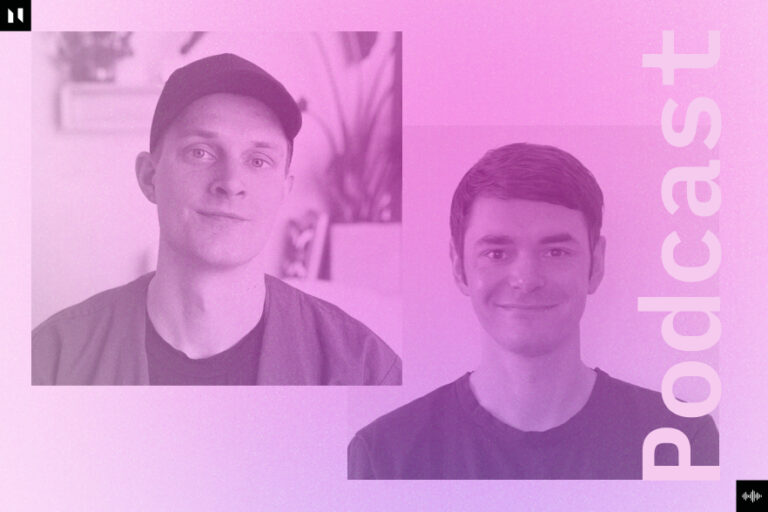
Many business leaders would love to run their application environments like a startup; with cloud-native apps that deliver rapid innovation and at the same time require low maintenance. This is the cloud-first dream.
But back on planet Earth, most businesses aren’t startups, and they are largely dependent on heavily-customised legacy applications which were never intended for a cloud world. To that end, businesses looking to live the cloud-first dream need to adopt a ‘build or buy’ approach.
Microsoft, Amazon and Google have done a great job of creating new possibilities, and re-setting expectations of what modern applications can do. Suddenly everyone has a cloud-first ‘something’ strategy. But for most businesses, this strategy is so poorly defined that it does very little by way of modernisation, and is better described as a ‘server migration’.
Recent analysis from Gartner suggests that only 5% of enterprise applications are currently cloud-native, with a predicted increase to just 15% by 2024. These figures suggest that right now 95% of enterprise apps are running across a mix of private and public cloud.
Lift and shift era
Lift and shift is the quickest way to tick that cloud ‘something’ box. In fact, almost 40% of applications running in the public cloud today arrived through a lift and shift method. Moreover, 50% of those migrated apps have undergone zero post-migration optimisation, and instead have continued to run as if still on-premise.

IT expenditure on unmodified applications can be three times greater than those that go through the necessary post-migration tasks. But it’s the preparation (or lack of) in building and testing the right migration platform that rings the loudest alarm bells. It’s ridiculous to think that in 2021 we are still regularly seeing public cloud environments where applications and data are not secured behind a firewall – something that we have never seen in an on-premises environment.
Rule 1: Build the landing zone properly before migrating, building or buying any application
This is a job for specialists, not generalists.
The reason for these poorly configured landing zones and non-optimised applications boils down to a simple fact: the cloud is still not very well understood. People assume that it is always perfectly built, secure, and good to go from day one. And this is a misconception which leads to oversights and mistakes.
There’s no magic wand, and IT tasks don’t simply disappear by moving to applications in Azure or AWS. There are new skills to learn and lots of work to be done before the benefits can be seen – which is where the use of a cloud managed services partner (MSP) is recommended.
To compete in the market, IT services businesses need to become cloud services businesses. But with over 600 services running in Microsoft Azure alone, cloud partners should be carefully considered on a job-per-job basis.
There are now 26 different combinations of Microsoft SQL in Azure – so you’re spoilt for choice, and you can hire the right experts to get the best possible outcomes with cloud-native services. Keep in mind though, it’s horses for courses – the best partner for your landing zone is not necessarily the best for your application modernisation.
Rule 2: Make sure your partner has the right skills and outcome-based products
Could you, should you, will you?
If you’re leading a cloud migration project, you should carefully consider workload placement as part of your cloud strategy. It’s important to ask yourself whether you can move, as well as whether you should move, because public cloud is not totally without limitations. For example, only recently we had a customer unable to migrate two applications because their required disk throughput and disk IO was too high.
Interdependencies between applications need to be carefully assessed, modeled and tested. Custom-built applications usually have plenty of moving parts, and will require many hours of downtime. Consider the connectivity and performance requirements during migration, communication between different cloud platforms, and the implications of any downtime on the business – what is the true business cost of the migration?
Rule 3: Think before you move. Just because you can move, doesn’t always mean that you should
Consider the reasons for migrating an application, and the outcomes you want. You should evaluate whether these outcomes can be better achieved with a solution that fits you better, like private or hosted cloud.
Public cloud may be the preferred destination, but the advantages over a hosted cloud only kick in when you’re using cloud-native features, and not IaaS.
A private cloud might well offer better value, less risk and provide better protection. When hosted it will also remove the hardware and data centre burden, giving you control, consistency, and an easy migration.
Any private cloud provider should deliver a public cloud-like experience and features. At a minimum these would be zero hardware or hypervisor management, with self-provisioning, and metered or subscription-based billing.
Rule 4: Use public cloud for innovation, private or hosted cloud for IaaS
Migration to cloud is just the start. Modern apps need modern tools, and modern environments need modern skills. IT leaders need to carefully think about the immediate run phase following a cloud migration and consider the full implications of running both IaaS and cloud-native application environments.
Cloud environments do not manage themselves. And you need to decide who will be responsible for the day-to-day. IT leaders can expect to be working with managed service providers alongside the process of upskilling of internal staff, all the while balancing the use of cloud-native and traditional tools during the transition phase. And in addition to their current tasks, your upskilled teams will be responsible for things like:
– Modern monitoring and reporting tools; providing detailed analytics across cloud environments is now required, as you have cost control and compliance to carefully measure.
– Connecting and securing your cloud environments; this extends to identity services as well as the basics such as firewalls and antivirus, which you now need to integrate as part of your overall cloud operation.
– Data protection; one of the biggest cloud myths of recent years is that data is protected in cloud applications. Selecting the right availability tiers and number of data copies per application is a key design step, but this is a balancing act with your cloud budget.
Rule 5: Pick the right people, processes and tools to run the cloud
Even three years from now ‘lift and shift’ migrations combined with new-build IaaS will still be running 85% of enterprise applications. Whether migrating legacy workloads, or building or buying cloud-native applications, the cloud platform, run phase operations and required management tools are often overlooked.
By following these five rules, you will ensure you have the right landing zone before you migrate anything: Choose a specialist partner for your needs; challenge yourself as to why you should move your applications; choose the right platform; pick the best people; and make sure you have the right tools for your cloud success.

John Pickford
Chief Technology Officer, Synapse360


